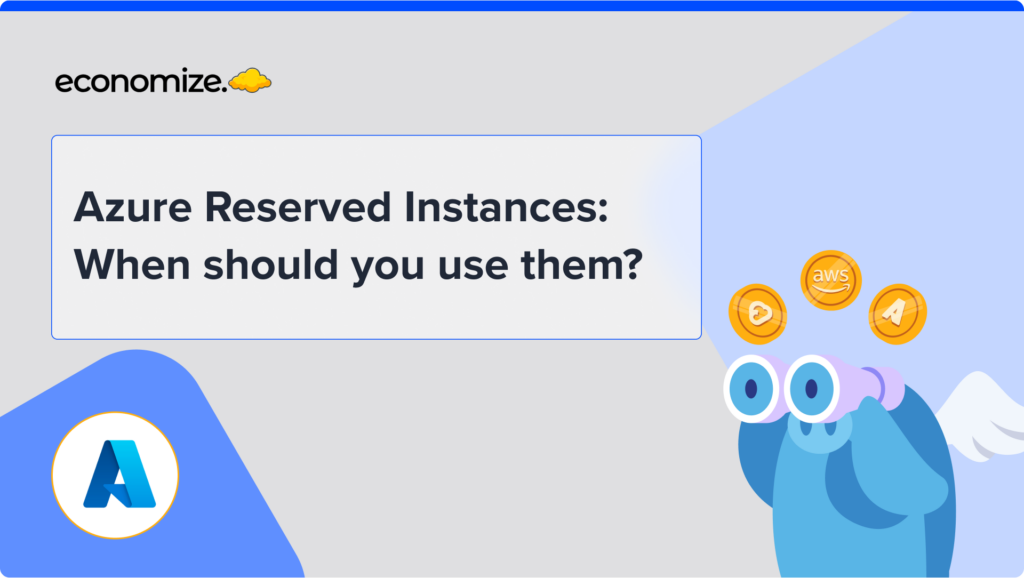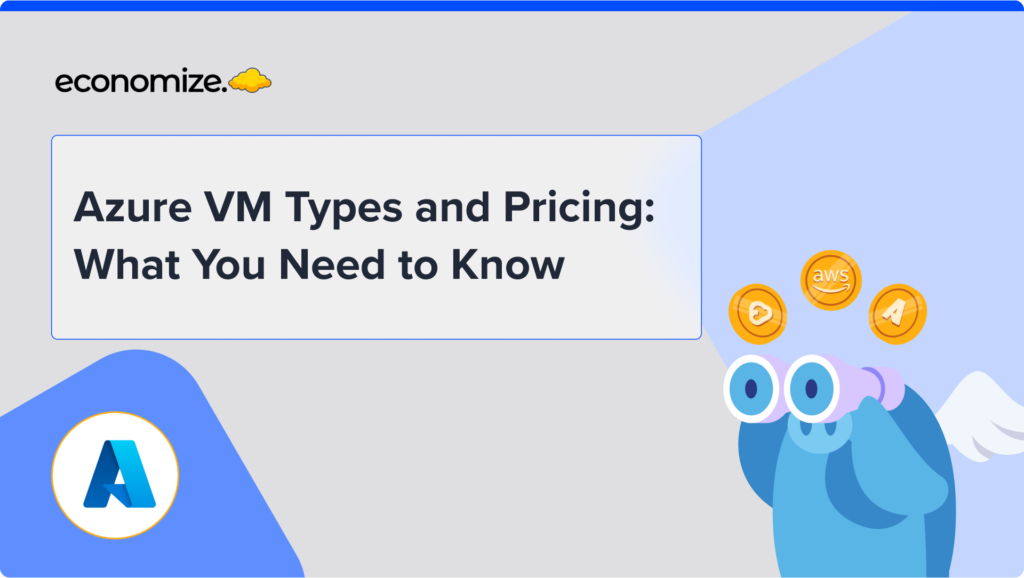If you need to automate tasks and processes in the cloud, Google Cloud Scheduler is a strong and dependable solution that can assist you. Cloud Scheduler is designed to be highly reliable and scalable, and it is backed by the same infrastructure that powers many of Google’s core services. It is also fully integrated with other Google Cloud services, such as Cloud Functions, Cloud Pub/Sub, and Cloud Run, which makes it easy to build and deploy complex workflows and pipelines.
In this blog, we will get an overview of Cloud Scheduler and explore methods to optimize its usage costs.
What is GCP Cloud Scheduler?
Cloud Scheduler is a fully managed service offered by Google Cloud that allows you to schedule and automate the execution of various types of jobs. It can be used to run a wide range of tasks, including those that invoke HTTP/HTTPS endpoints, publish messages to a message queue, or execute command-line scripts.
Cloud Scheduler provides a simple, flexible, and cost-effective way to automate tasks and processes, whether they are simple one-time actions or complex recurring jobs. It is a serverless service, which means that you don’t need to worry about managing infrastructure or scaling resources. Instead, you can focus on defining and scheduling your jobs, and Cloud Scheduler will take care of the rest.
Why Cloud Scheduler?
There are several reasons why you should choose to use Cloud Scheduler:
- Ease of use: Cloud Scheduler has a user-friendly interface that makes it easy to define and schedule jobs. You can create, view, and manage your jobs using the Cloud Console or the Cloud Scheduler API to automate the process.
- Flexibility: Cloud Scheduler allows you to schedule tasks to run at specific times or on a recurring basis. You can choose from a variety of scheduling options, including fixed rates, cron expressions, and custom intervals.
- Scalability: Cloud Scheduler can handle a large number of jobs without requiring any additional infrastructure or maintenance. It automatically scales to meet the demands of your workload, so you can focus on other important tasks.
- Reliability: Cloud Scheduler is built on top of Google’s global network of infrastructure, which provides high availability and low latency. It also includes robust error handling and retry capabilities to ensure that your tasks are executed successfully.
- Cost-effective: Cloud Scheduler is a cost-effective solution for scheduling and automating tasks in the cloud. You only pay for the jobs that you run, and you can easily scale up or down as needed.
- Integration: Cloud Scheduler is fully integrated with other Google Cloud services, such as Cloud Functions, Cloud Pub/Sub, and Cloud Run, which makes it easy to build and deploy complex workflows and pipelines.
Getting started with Google Cloud Scheduler:
Now that we know what Cloud Scheduler is and where to use it, this section will go over how to use Cloud Scheduler.
To get started with Cloud Scheduler, you need to have a Google Cloud account. If you don’t already have one, you can sign up for a free trial here: https://cloud.google.com/free/
Once you have an account, here are the steps you can follow to start using Cloud Scheduler:
- Enable the Cloud Scheduler API: You will need to enable the Cloud Scheduler API in your Google Cloud project before you can use it. You can do this through the Cloud Console or by using the gcloud command-line tool.
- Create a job: You can use the Cloud Console, the Cloud Scheduler API, or the Google Cloud command-line tool to create a job. A job is a task that you want Cloud Scheduler to run on a regular basis or at a specific time. You can specify the schedule for the job, the type of task you want Cloud Scheduler to run, and the target for the task (such as an HTTP endpoint, a message queue, or a command-line script).


3. View and manage your jobs: You can use the Cloud Console or the Cloud Scheduler API to view and manage your jobs. You can view the status of your jobs, enable or disable them, or delete them as needed.
4. Monitor your jobs: You can use Cloud Monitoring to monitor the status and performance of your jobs. Cloud Scheduler automatically writes logs and metrics to Cloud Monitoring, which you can use to track the success or failure of your jobs and identify any issues that might need to be addressed.

That’s it! With Cloud Scheduler, it is easy to schedule and automate tasks in the cloud. You can use it to run a wide range of tasks, and it is fully integrated with other Google Cloud services, making it easy to build and deploy complex workflows and pipelines.
Understanding Google Cloud Scheduler Pricing:
Till now we have gone over how to use Cloud Scheduler, now let’s understand the pricing for it. Google Cloud Scheduler pricing is a pay-as-you-go service, which means that you only pay for the resources you use. The pricing for Cloud Scheduler is based on the number of jobs you run and the number of invocations of those jobs. It also offers a free tier that allows you to run up to 10 jobs per month at no cost. This free tier is designed to help you get started with Cloud Scheduler and try out the service. But if you’re using beyond that, there are charges applicable.
Here is an overview of Cloud Scheduler’s pricing:
- Job execution: You are charged for each job execution, regardless of whether the job succeeds or fails. The cost per job execution depends on the duration of the job, with a minimum charge of 1 minute per execution.
- Job storage: You are also charged for storing your jobs in Cloud Scheduler. The cost per month is based on the number of jobs you have stored in Cloud Scheduler and the size of those jobs.
- API usage: If you use the Cloud Scheduler API to manage your jobs, you will be charged for the API requests you make. The cost per API request depends on the type of request you make.
To get a more accurate estimate of your Cloud Scheduler costs, you can use the Google Cloud pricing calculator. This tool allows you to enter your specific usage and get an estimate of your costs based on the current pricing for Cloud Scheduler and other Google Cloud services.
GCP Cloud Scheduler Cost Optimization Strategies:
There are several strategies you can use to optimize your costs and get the most value out of your investment in Cloud Scheduler:
- Use the free tier: Cloud Scheduler offers a free tier that allows you to run up to 1,000 job executions and store up to 50MB of job data per month at no cost. If your workload falls within the free tier limits, you can use Cloud Scheduler without incurring any charges.
- Use the right job type: Cloud Scheduler allows you to choose between different types of jobs, including HTTP jobs, App Engine jobs, and Pub/Sub jobs. Each job type has its own pricing, and some may be more cost-effective for your specific workloads. For example, HTTP jobs are generally cheaper than App Engine jobs, but they may not be suitable for all workloads.
- Use the right schedule: The cost of using Cloud Scheduler depends on the number of job executions and the duration of each execution. By choosing the right schedule for your jobs, you can minimize the number of job executions and reduce your costs. For example, if you only need to run a job once a day, you can schedule it to run at a specific time instead of on a recurring schedule.
- Use the right resources: Cloud Scheduler allows you to specify the resources that your jobs will use, such as the number of CPU cores and the amount of memory. By choosing the right resources for your jobs, you can ensure that they are not over-provisioned and are cost-effective.
- Use quotas and limits: Cloud Scheduler has quotas and limits that can help you control the cost of your jobs. For example, you can use the maximum execution duration limit to prevent jobs from running for an extended period of time.
- Monitor your usage: Use the Cloud Console or the Cloud Scheduler API to monitor your usage and track your costs. This can help you identify any cost-saving opportunities and optimize your usage of Cloud Scheduler.
By following these strategies, you can optimize the cost of using Cloud Scheduler and ensure that it is cost-effective for your workloads.
Conclusion
Considering the above for managing Cloud Scheduler in your application will certainly help you to save money on your cloud workloads. The best long-term strategy for cost optimization is to establish a FinOps practice within your company.
Establishing a FinOps philosophy within your firm is the greatest long-term approach toward cost optimization in the future. Economize is committed to the idea of making your cloud spending simpler and noise-free to help engineering teams like yours understand and optimize it. Get started today with a personalized demo for your organization.
How can we help?
Tired of your cloud costs building up? Don’t let cloud costs weigh you down anymore. With Economize, you can slash your cloud expenditures by up to 30% effortlessly. Book a free demo with us today and discover how we can help you start saving in as little as 10 minutes.








